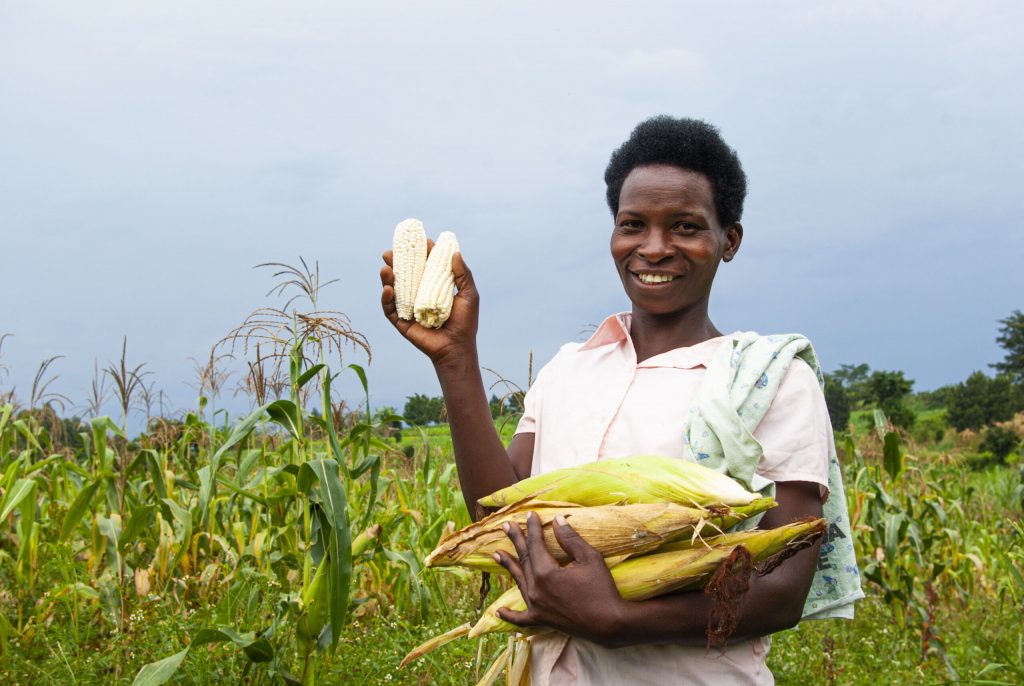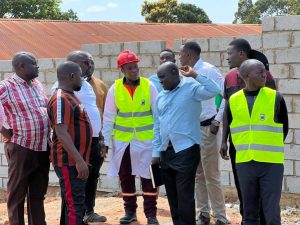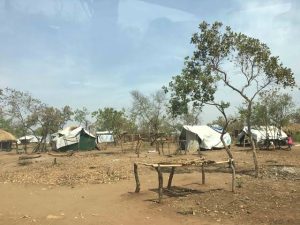OPINION: Boost the Agricultural Sector by Promoting Rural Resource Centres (RRCs)
4 min read
OPINION: Boost the Agricultural Sector by Promoting Rural Resource Centres (RRCs)
The agricultural sector has been the backbone of Uganda’s economy for decades, employing over 80 percent of the rural population and about 64.3 percent of the working population. Agriculture is a source of food, raw materials for industries and foreign exchange given the many agricultural exports. Based on the statistics above, agriculture needs to be identified as one of the priority sectors for investment.
Given the importance of agriculture as a strategic sector that provides subsistence and income to a large portion of the population, but also contributes to the national economy, the need to boost it has become increasingly urgent.
In this rapidly changing world, farmers need a wide range of services, ranging from innovation to extension of credit facilities in order to carry out meaningful agriculture as required by Government. Having the aforementioned, under one roof, and in a rural setting, will greatly accelerate adoption of innovations and thus boost the agricultural sector.
Rural Resource Centres (RRCs) can be promoted and/or initiated by many actors, such as women, students, youths, and persons with disabilities among others, under different forms. Such centres should mainly focus on training young people-both males and females, so as to encourage them take up agriculture as a career option.
By and large, RRCs are training and demonstration hubs that are managed by grassroots organizations and often operate outside the formal extension model. They create opportunities for farmers to share their experience and to also receive technical guidance, including services that are tailored to their livelihood needs, among others.
In setting up Rural Resource Centres (RRCs), emphasis should be put on access to knowledge, interactive learning, and networking among farmers and between farmers and other actors. Farmers should be encouraged to learn how to their own testing, adopt appropriate technology, and also be encouraged to extend the same to fellow farmers.
A ‘typical’ Rural Resource Centre comprises of a tree nursery, demonstration plots, a training hall, a small library, and office space. Accommodation, catering facilities, and agricultural processing units may also be part of the Rural Resource Centre (RRC) depending on available resources, opportunities, and needs.
If well facilitated, RRCs, have the potential of providing a multitude of services and/or products, and these include, but not limited to-seeds, seedlings, and other inputs; training of farmers in areas such as nursery practices, tree propagation, soil fertility management, group dynamics, financial management, book keeping, and marketing.
Other benefits include-information on new technologies and innovation, links with market actors, particularly the private sector and also access to market information and micro-finance opportunities. Furthermore, they can also create a forum for exchange of information among farmers, and between farmers and other stakeholders.
Compared to public-run agriculture extension systems, RRCs are associated with the following benefits-greater accessibility to information and other market linkages, increased relevance of innovation thanks to technology evaluation and adaptation process as can be applied in the RRC model. Furthermore, they promote better quality of services, relatively large number of women and youths reached, and better networking with other rural actors.
Besides, RRCs activities are not necessarily limited to agriculture but may also take into account other socio-economic development aspects such as-infrastructural development projects, watershed management, citizenship, local governance, and community empowerment among others. One of the major benefits associated with the RRC model, however is that they are rooted in a local context and can gain farmers’ confidence, so that new techniques are readily adopted.
The creation and implementation of the Rural Resource Centre model can be summarized in six steps, and these include-conducting a feasibility study, which involves diagnosing of the information and training needs of farmers in the area. This is followed by raising awareness amongst farmers and identifying ‘champions’ for RRCs that is, organizations already involved in some farmer training and agricultural extension activities.
Thirdly, the training of RRC staff on technical aspects, but also on adult learning, communication, and extension skills is also performed. This is followed by creating tree nursery and gradually developing training and demonstration facilities. Next is organizing demonstrations, training, field visits, etc. for interested farmer groups, and updating and refining extension knowledge to remain relevant. And finally, establishing links and partnerships with other institutions to increase scope of intervention.
Other aspects to consider in establishing RRCs include-capacities required to create and sustain RRCs, costs involved in establishing RRCs, governance and management of RRCs, and best-fit considerations of RRCs.
In a nutshell, based on the benefits of RRCs cited above, it would be imperative for government and other stakeholders to promote RRCs in order to bolster the agricultural sector as required.
Emmanuel Mwesige – Agriculturalist, Accounting specialist, Researcher and Author.
Tel: +256704004263/0778954346: Email: emmanuelmwesige2021@gmail.com







